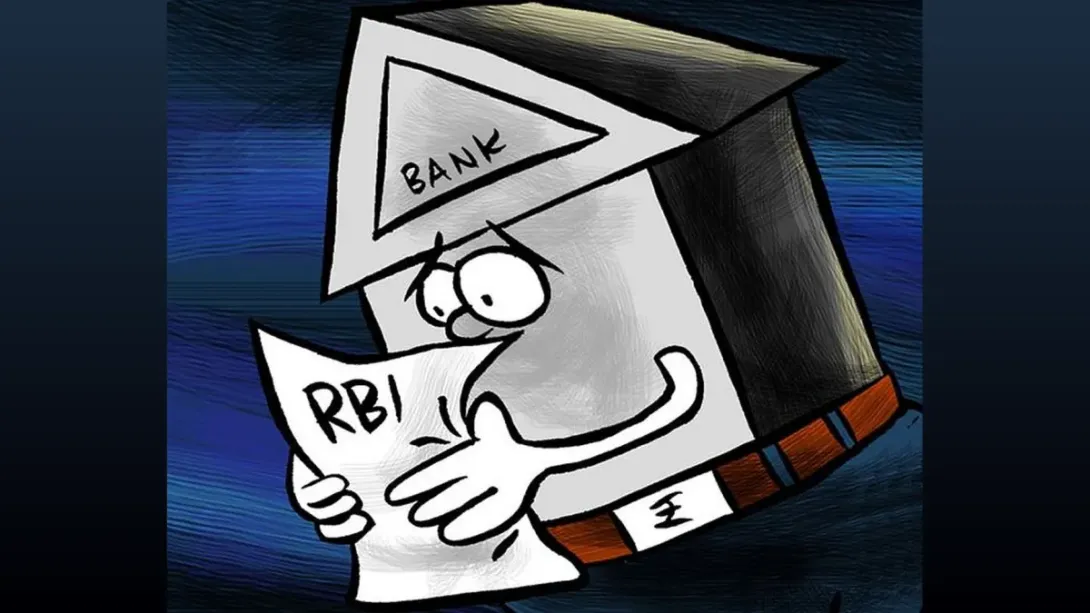Credit rating agency ICRA has revised its bank credit growth projection for FY26, reflecting renewed optimism driven by robust economic activity, healthy corporate balance sheets, and rising retail loan demand. The agency expects India’s banking sector to maintain a strong lending trajectory, supported by stable asset quality and improved capital positions. With infrastructure expansion, resilient consumption, and government-led investments driving credit offtake, ICRA’s upgraded forecast underscores the banking industry’s pivotal role in sustaining India’s growth story amid evolving global and domestic financial conditions.
Credit Growth Outlook Strengthened
ICRA has revised upward its bank credit growth estimate for FY26, citing a confluence of macroeconomic factors that continue to fuel demand for credit across both retail and industrial segments. The agency anticipates double-digit growth, with lending expected to remain buoyant across sectors such as housing, infrastructure, and small and medium enterprises (SMEs).
According to ICRA, the momentum witnessed in FY25—driven by rising household borrowing, government spending on infrastructure, and a gradual recovery in corporate investment—will likely sustain into the next fiscal year. The agency highlighted that the banking sector’s loan book expansion remains well-aligned with India’s broader economic growth trajectory, projected to stay around 7% in FY26.
Retail and Infrastructure Loans Lead the Surge
Retail lending continues to be a cornerstone of India’s credit growth story. Home loans, vehicle finance, and unsecured personal loans have seen steady increases, reflecting consumer confidence and urban income stability. The expansion of digital lending channels and the competitive interest rate environment have further facilitated household borrowing.
Simultaneously, infrastructure financing—particularly in renewable energy, roads, and urban development—is emerging as a critical growth engine. Banks are expected to play a key role in funding public-private partnership (PPP) projects, particularly as the government accelerates capital expenditure under initiatives such as the National Infrastructure Pipeline (NIP).
ICRA noted that these twin drivers—retail consumption and infrastructure investment—will help offset any moderation in corporate term loans or working capital demand.
Asset Quality and Profitability Remain Stable
Despite rapid credit expansion, India’s banks have demonstrated improved asset quality metrics, supported by prudent risk management and stronger provisioning buffers. ICRA expects the gross non-performing asset (GNPA) ratio to remain within a comfortable range, aided by recoveries, write-offs, and moderate slippages.
Additionally, profitability indicators are projected to stay robust as net interest margins (NIMs) stabilize and operating efficiency improves. The sector’s capital adequacy levels are also healthy, giving banks the financial flexibility to pursue growth without compromising balance sheet strength.
However, ICRA cautioned that sustained vigilance will be essential, particularly in the unsecured lending segment, where growth has been rapid. The Reserve Bank of India’s (RBI) continued emphasis on risk-based supervision and prudent provisioning norms will remain critical to maintaining systemic stability.
Macro Factors Bolstering Credit Demand
India’s banking ecosystem continues to benefit from favorable macroeconomic conditions, including controlled inflation, rising rural demand, and a resurgence in industrial activity. Government reforms—ranging from production-linked incentive (PLI) schemes to fiscal measures promoting manufacturing and renewable energy—have collectively strengthened the investment climate.
Private sector confidence has also improved, leading to gradual capacity expansions and higher working capital utilization. Moreover, ongoing digital transformation within the banking system has enhanced credit delivery efficiency, reduced turnaround times, and expanded access to underserved regions.
ICRA expects these dynamics to contribute to a broad-based credit expansion, spanning retail, agriculture, and industrial lending in FY26.
Challenges and Policy Outlook
While the credit environment remains favorable, ICRA acknowledged potential headwinds such as geopolitical risks, inflationary pressures, and global monetary tightening, which could impact funding costs and liquidity. Domestically, any significant rise in deposit rates could weigh on margins, although banks are expected to mitigate such pressures through diversified portfolios and fee-based income streams.
The RBI’s monetary stance will be a key determinant of credit dynamics in the coming quarters. With inflation currently under control and growth indicators stable, monetary policy is likely to remain balanced—supporting credit expansion while ensuring financial discipline.
Conclusion: Banking Sector on a Firm Growth Path
ICRA’s upward revision of India’s FY26 bank credit growth projection reflects the resilience and adaptability of the financial sector amid changing global conditions. The agency’s outlook reaffirms confidence in India’s structural growth drivers, underpinned by digital transformation, sound regulation, and an expanding consumer economy.
As banks continue to align lending strategies with the country’s developmental priorities, the coming fiscal year is poised to consolidate India’s position as one of the world’s fastest-growing banking markets, with credit growth serving as a cornerstone of sustained economic momentum.

Comments